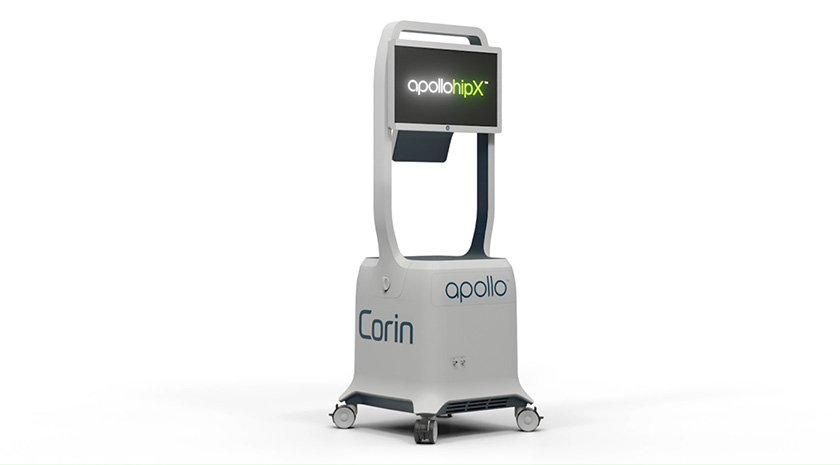
There are too many articles about supplier scorecards. If you want to read a few dozen, just type “supplier scorecard” into your Internet browser.
So what’s better about this scorecard?
- This scorecard is simple.
- This scorecard requires fewer resources.
- This scorecard does not require an expensive software solution.
- This scorecard will help you continuously improve supplier quality.
When I audit supplier quality, I frequently see a supplier evaluation procedure and a fancy, color-coded supplier scorecard. Unfortunately, I rarely see a company that is following their procedure or keeping their scorecards up-to-date. If this is your problem, you probably made your process more complex than it needs to be.
Most scorecards have numerous metrics that are tracked for each supplier, and each of these metrics has a weighting that results in a composite score for that supplier. Usually these metrics fall into four major categories, and each major category may consist of two to five minor metrics:
- Quality
- Delivery
- Pricing
- Customer Service
Your supplier scorecard has a two-fold purpose. First, it’s intended to be an objective rating system to identify suppliers that are not performing well so that corrective action can be taken. Supplier scorecards also provide feedback to suppliers with the hope that those with poor performance will make an effort to improve. The second purpose for a supplier scorecard is to provide objective evidence to auditors and inspectors that your company is evaluating supplier quality.
In order to achieve the above goals of identifying suppliers that are not performing well, and for providing records of supplier evaluation, there is no need to include pricing in your supplier scorecard metrics. In fact, it sends the wrong message to auditors and inspectors. Do you really want to reward a supplier with poor quality and good pricing? The other problem with the word “pricing” is that there is no guarantee of a correlation between the pricing and the profit margins the supplier is making, or even the supplier’s competitiveness. If you have a sole-source supplier, does it really matter what their pricing is?
How Long do Scorecards Take?
If you are going to create a scorecard, limit yourself to objective metrics whenever possible. Also, when you create a composite score, limit the number of metrics to a very small number of critical metrics. Sometimes more information is just more—not better.
When you and your supplier quality team are building a scorecard, you should think carefully about how long it will take to create a scorecard for each supplier. If you have 400 suppliers, and only two people generating scorecards, you can’t afford to spend two days to create each scorecard. These two people have other work that is equally or more important that creating scorecards. Even if each supplier scorecard takes one day to create, there is no point in taking action on a quality problem that occurred in January if you are creating your scorecard in December.
Scorecards should be updated at least quarterly so that corrective action can be taken in a timely manner. Therefore, if you have 400 suppliers, and it takes a day to create each scorecard, you’ll have at least six people creating scorecards in order to update the scorecards quarterly. If you only have resources for one person, then you need a process that you can finish in about an hour for each scorecard.
One of my clients agonized over the decision of the best way to calculate quality. One suggestion was to use the percent of lots accepted for each supplier. Another suggestion was to use the percent of units accepted for each supplier. If there are a small number of lots, the second method would provide a more accurate picture of the supplier’s performance, while the first method is preferred for high-volume products. One of the quality engineers suggested calculating both numbers and averaging the two scores. I felt compelled to speak up at this point. I said, “Pick one and live with imperfection. It will save you a lot of time to calculate it one way instead of calculating it twice.”
Another client complained that they could not obtain accurate numbers for on-time delivery from their MRP system, because the purchase order delivery date was not always updated when suppliers were asked to expedite or delay shipments. I was responsible for planning in a few companies, and I do not think that busy planners will ever be successfully trained to keep their order delivery dates up-to-date in an electronic system. You need a simple system for measuring on-time delivery, and the calculation should be in the hands of the person receiving product. Every buyer should be providing copies of purchase orders to the receiving department. Therefore, you should make sure that the receiving department is also informed when there is a change to the purchase order(s). You don’t need to revise the purchase order electronically, print a new copy and walk it down to the receiving dock. Instead, just pick up the phone and call the receiving dock.
Customer service is the most subjective metric category. I recommend dropping this metric category entirely from your scorecards, but if you are going to use a subjective measurement, make the process as simple as possible. You might try asking four different departments to score the company on a scale of zero to 25. This will give you a composite score for customer service, but shouldn’t take you too long.
Did you “ACT”?
If your company has a simple scorecard that is created quickly and scores are easy to calculate, the next step is to analyze the data and take corrective action. Presumably, you already took action when there was a quality issue with an individual shipment, or if a shipment was late. However, reviewing scorecards is an opportunity to look at performance trends and compare suppliers. Although a supplier’s short-term performance may not have warranted issuing a supplier corrective action request, consistently mediocre performance should not be overlooked. You may also notice performance that is slipping, but you should communicate this observation to the supplier before the supplier’s performance is unacceptable.
When comparing the scorecards of suppliers, it is important to compare suppliers that are providing similar products or shipping from similar distances. Comparing the delivery performance of a Chinese supplier with a supplier in New Jersey only has value if the New Jersey supplier’s on-time delivery is worse. If you have two suppliers that both provide similar products or services, you can compare the performance of these suppliers directly. The results of direct comparison could result in decisions regarding purchasing preferences during the following quarter. If suppliers know how they are performing within their subgroup, and they know that next quarter’s purchasing decisions will be influenced by this quarter’s performance, the suppliers may make a greater effort to improve performance.
The most important part of “act” is the follow-up on previous requests for corrective actions. FDA may not be allowed to view your supplier audit reports, but you need to show evidence of initiating corrective action when your trend analysis identifies a quality problem. You also need to have evidence that corrective action was taken by the supplier and the actions taken were effective at eliminating the causes.
Summary & Conclusions
Instead of creating a supplier scorecard that has lots of metrics, focus on a few important metrics. Second, avoid the use of pricing as a scorecard metric. Once you have selected those metrics you want to use, estimate the time it will take to generate a scorecard for each supplier. If you can’t generate a scorecard for one supplier in a couple of hours, try to simplify your metrics or the scorecard overall until you can complete a scorecard in a one- to two-hour timeframe. Next, review the way you calculate each metric to see if there is an easier way. Ideally you want to be able to calculate each metric without worries of inaccurate metrics or the need to invest in additional software tools. Finally, you need a work instruction or procedure that forces you to analyze scorecards and take action. Each action needs to be documented, ideally within your CAPA system, and you need to track the effectiveness of those actions.
Supplier scorecards are not a product, a service or a marketing brochure. Supplier scorecards are intended to be a simple tool to help you evaluate suppliers. Supplier scorecards provide a record of that evaluation. Supplier scorecards only add value if you can create them frequently (i.e., at least quarterly), and you must analyze the scorecards for the need to take corrective actions. If you don’t take action and verify that those actions were effective, you wasted your time creating scorecards in the first place.
Robert Packard is a regulatory consultant with 20 years of experience in the medical device, pharmaceutical and biotechnology industries. He is a graduate of UConn in Chemical Engineering. Robert served in senior management at several medical device companies, including President and CEO of a laparoscopic imaging company. His Quality Management System expertise covers all aspects of developing, training, implementing and maintaining ISO 13485 and ISO 14971 certification. From 2009 to 2012, he was a lead auditor and instructor for one of the largest Notified Bodies. Robert’s specialty is regulatory submissions for high-risk medical devices, such as implants and drug/device combination products for CE marking applications, Canadian medical device applications and 510(k) submissions. The most favorite part of his job is training others.




